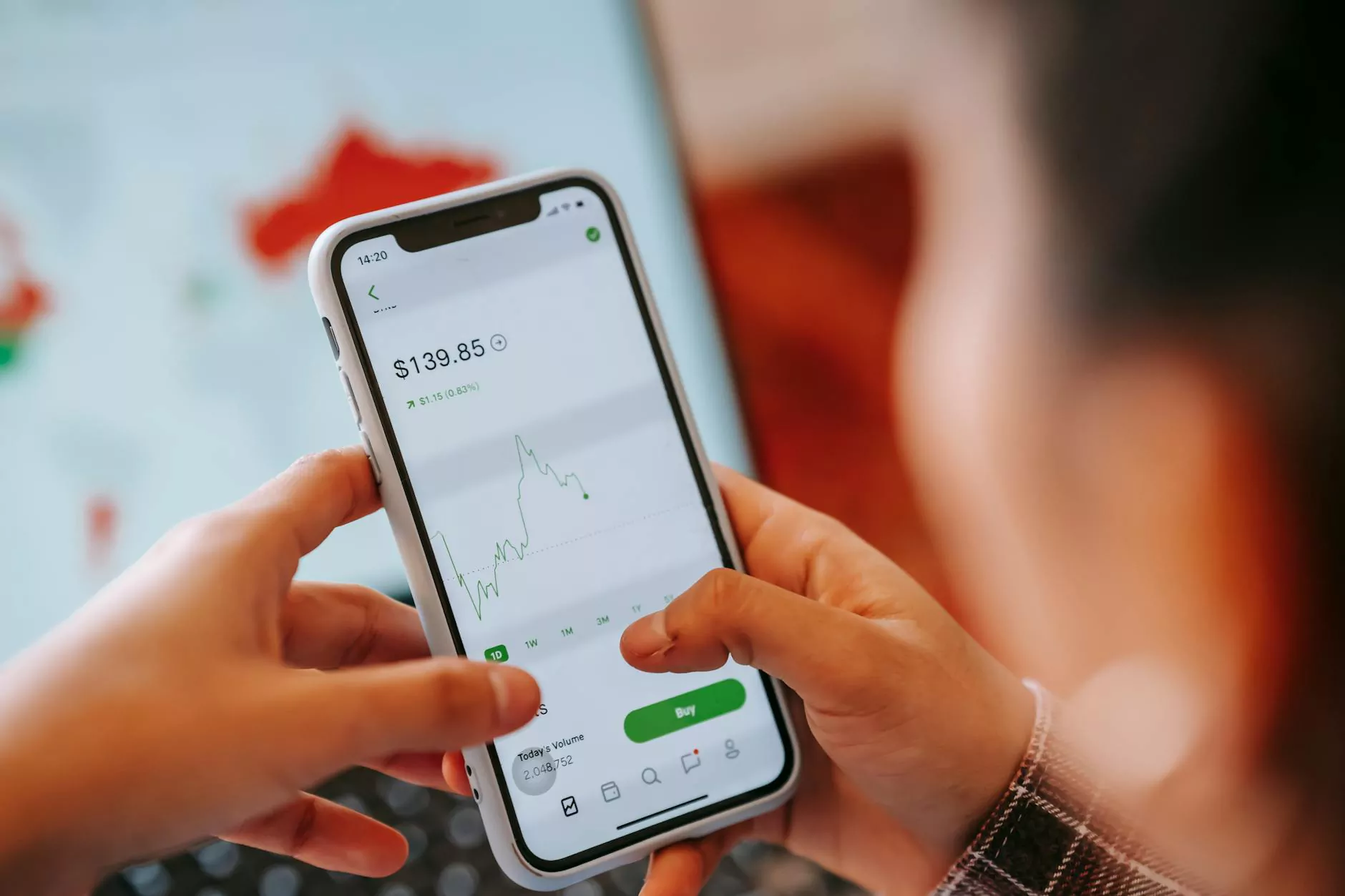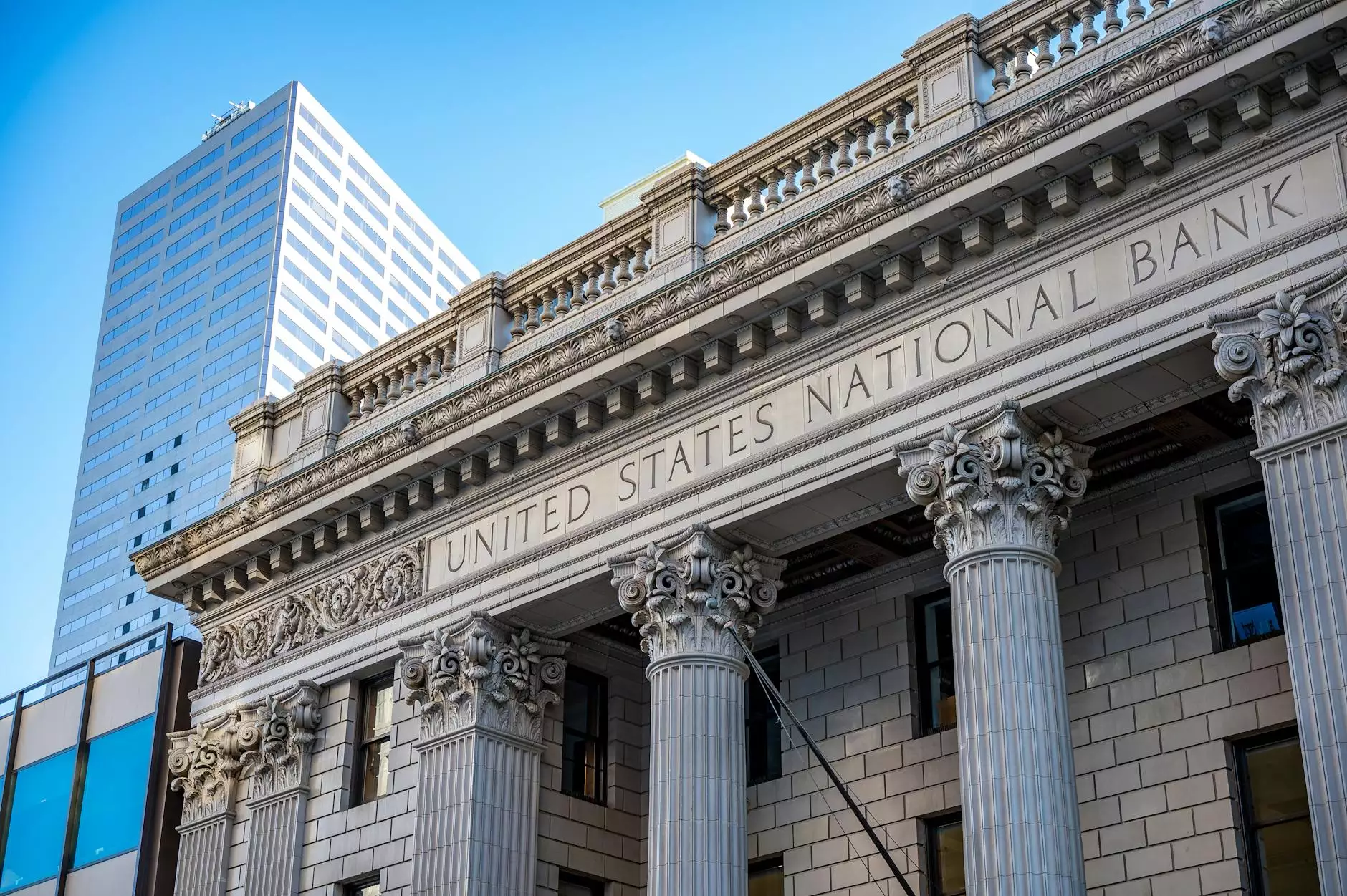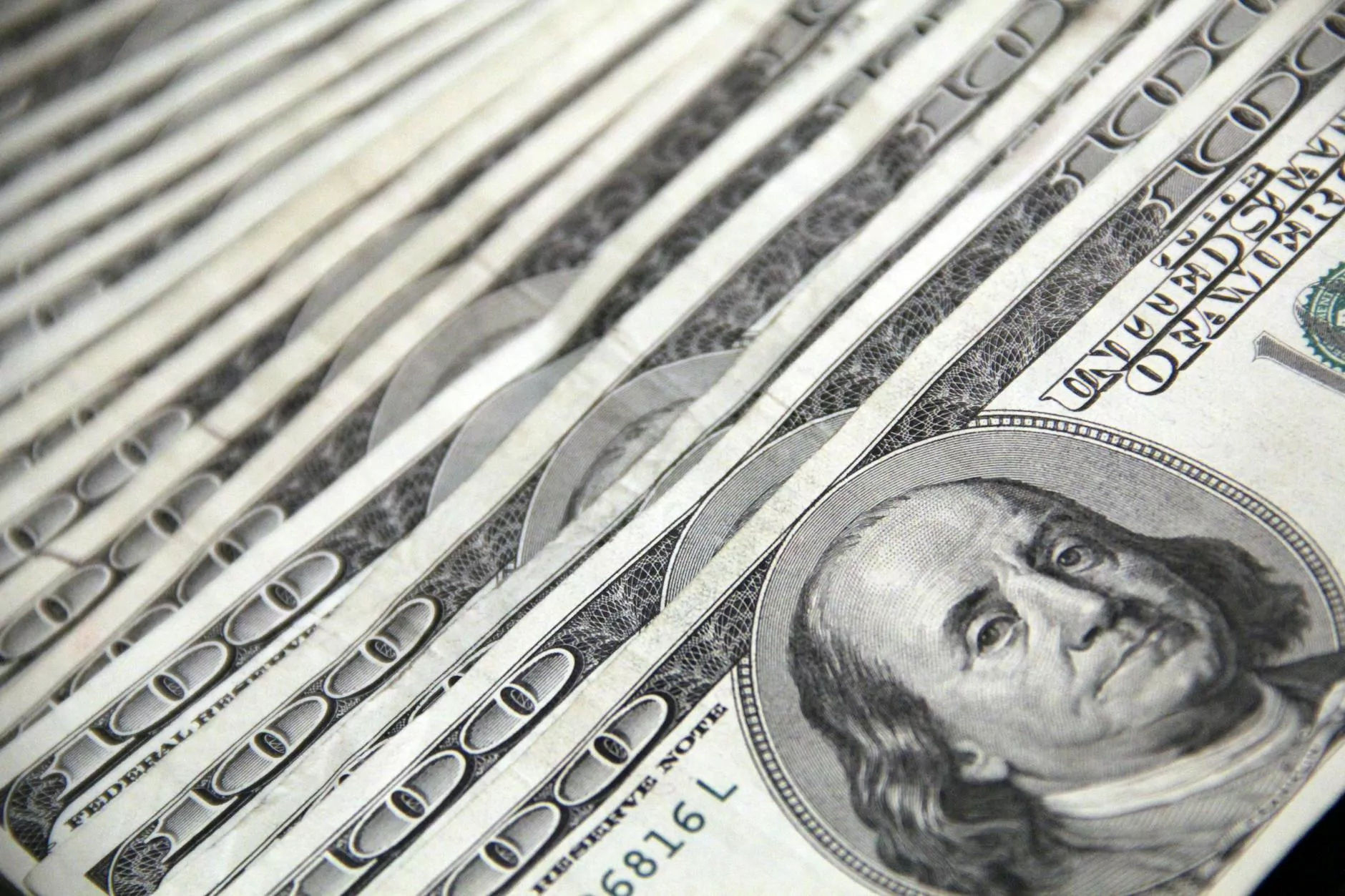Replacing the Dollar with Special Drawing Rights - Will It Work This Time?
Business and Consumer Services
The conversation around replacing the dollar as the world's predominant currency has gained significant traction in recent years. With growing concerns about the stability of the US dollar and the need for a more inclusive global financial system, many experts have turned their attention to alternatives such as Special Drawing Rights (SDRs).
Why Replace the Dollar?
The dominance of the US dollar in international trade and finance has long been a topic of debate. The reliance on a single currency poses risks in times of economic uncertainty and political instability. Additionally, the Federal Reserve's monetary policies can have far-reaching implications for global markets, leading to calls for a more diversified currency system.
Special Drawing Rights: A Viable Alternative?
Special Drawing Rights (SDRs) are an international reserve asset created by the International Monetary Fund (IMF) to supplement its member countries' official reserves. Comprising a basket of major global currencies, including the US dollar, euro, Chinese yuan, Japanese yen, and British pound, SDRs aim to enhance liquidity and provide stability in the global financial system.
The Case for SDRs
Advocates of replacing the dollar with SDRs argue that this approach could reduce the dominance of any single currency, promoting financial stability and minimizing the risk of currency manipulation. By utilizing a basket of currencies, SDRs offer a more balanced and diversified alternative to the US dollar.
Challenges and Considerations
Despite the potential benefits, the transition to using SDRs as the world's primary reserve currency poses significant challenges. Coordination among IMF member countries, adjustments in global financial markets, and political factors all play a crucial role in determining the feasibility of such a monumental shift.
Future Implications
As discussions on replacing the dollar with SDRs continue, businesses, governments, and financial institutions must consider the potential implications of such a transition. From trade agreements to investment strategies, a shift away from the US dollar could reshape the global economic landscape.
Conclusion
In conclusion, the idea of replacing the US dollar with Special Drawing Rights presents both opportunities and challenges for the international financial community. While the concept remains theoretical at this stage, ongoing dialogue and analysis are essential to understanding the potential impacts of such a fundamental shift in the global currency system.









